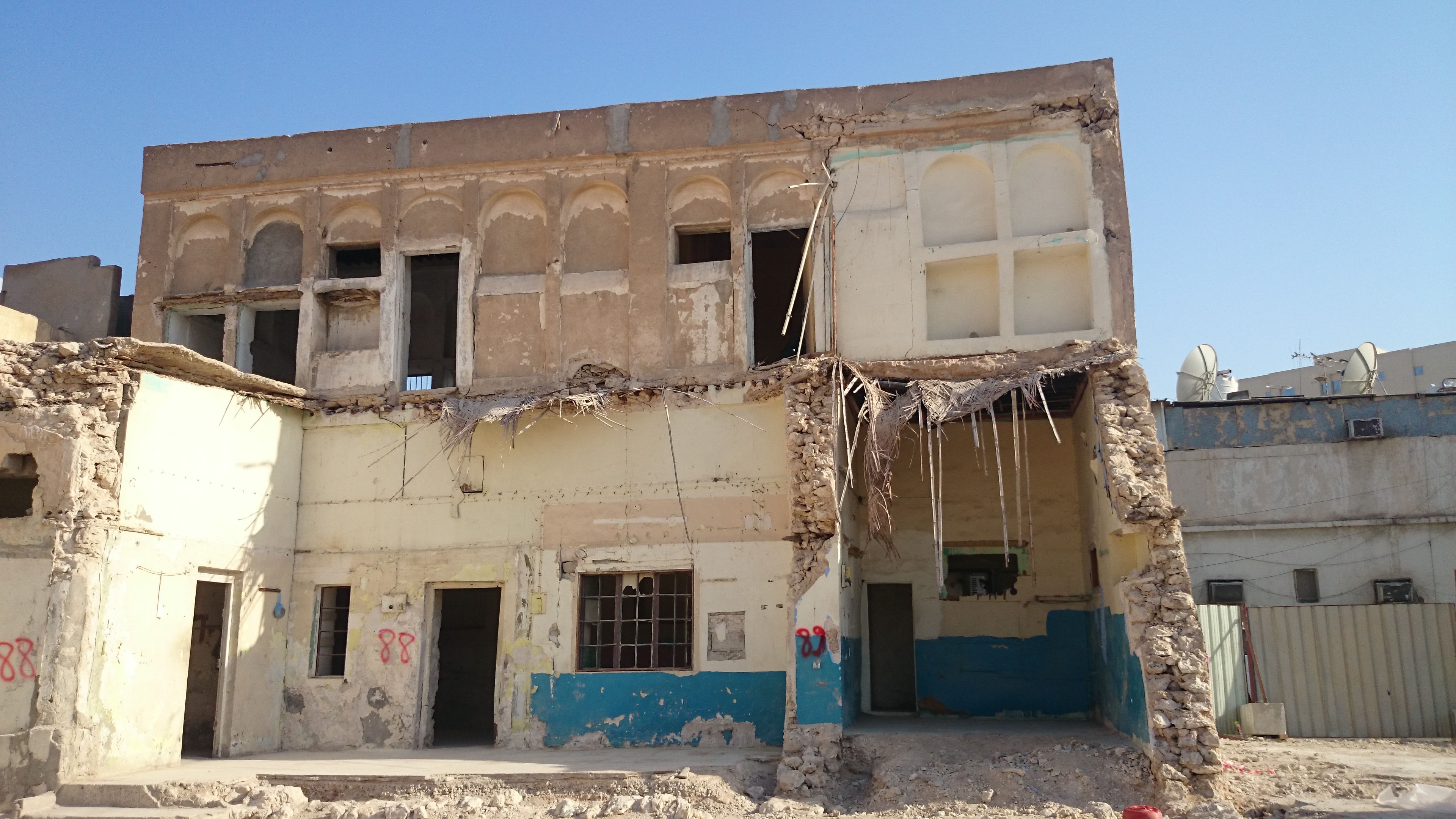Sustainability is dynamic; localization and globalization controversy
FC-01x Future Cities (1st Run) - Task 1

Uploaded on 2014-10-18 by AmrAlQamary
![enter image description here][2] First let me brief you on the context. The site picture is from Doha, Qatar. It's a building since almost 90 years; it's one of their oldest buildings that they want to renovate, which have had many changes and additions over the years. The first image is for the old part showing thick stone walls, roof slabs supported by wooden bars ( It's called Denchels) while the left part of this image and the other one show an additional block that is made of block work and reinforced concrete slabs. On the panoramic image you will see on the right a high rise building which is part of Musherib downtown, a highly modern construction project in Doha which our site lies next to it. That our site should be more "cultural preserved" in a sense to what it used to be. I would like to begin with the construction materials then I will follow with my point of view regarding the title. What usually happens in similar projects, that the construction methods follow what originally was there in the first place, wither it is stones and denchel system, or wither they will keep the newly added parts or remove it. That would be on exteriors. Most of that have a quite low import ratio. However considering the interiors materials, plumping hardware (the piles, sanitary fixtures, tiles, cladding materials, to the door handles, fabrics and lighting units) and AC systems that is a different story. Where they want quality they will look for a brands, vendors and imports. Here is an image showing imported products by Qatar in 2012 (construction is the orange part on the bottom right) and more details can be found here http://atlas.media.mit.edu/explore/tree_map/hs/import/qat/all/show/2012/![enter image description here][3] On the sense of localized construction materials, and sustainability measures, I believe import construction materials alone shouldn't be the judge for that. Sustainability is about finding balance not only with the local context of a country but with the global world it touches. That would stand for Net Exports (Product exports - imports). In the utmost perfect scenario, a Country would have 0 Net exports. They would provide products and services that can sustain them while having an excess production of it, which they export. That production is perfectly consistent and corresponds to their context and environment. In the same time they have their other needs covered by another country that needs what they produce, and offer what they need..... Of course this is a hypothesis and almost can never be true. However What if a country with so much Oil production and much positive net exports keeps on doing that and kept trying developing without importing anything... What if Doha never took Dubai route and hardly used its petroleum products? What if China and US kept on their import/export balance and economic relation stayed the same? What if Germany economic relation to countries like Cyprus and Greece stayed the same? In such scenarios where the balance only take financial face as loans, deficits balance, funds or national aids, which are only reused in the same loop, the gap only gets bigger. Sustainability, construction and built environment capital as our specialty is vital in that sense. But where the concept might be perfect for under privileged countries, the same concept might cause more problems if done in over privileged countries. This is a very controversial point for me that I would love to hear your opinions about. [1]: https://edxuploads.s3.amazonaws.com/14136361875167633.jpg [2]: https://edxuploads.s3.amazonaws.com/14136362144035818.jpg [3]: https://edxuploads.s3.amazonaws.com/14136362478148819.png